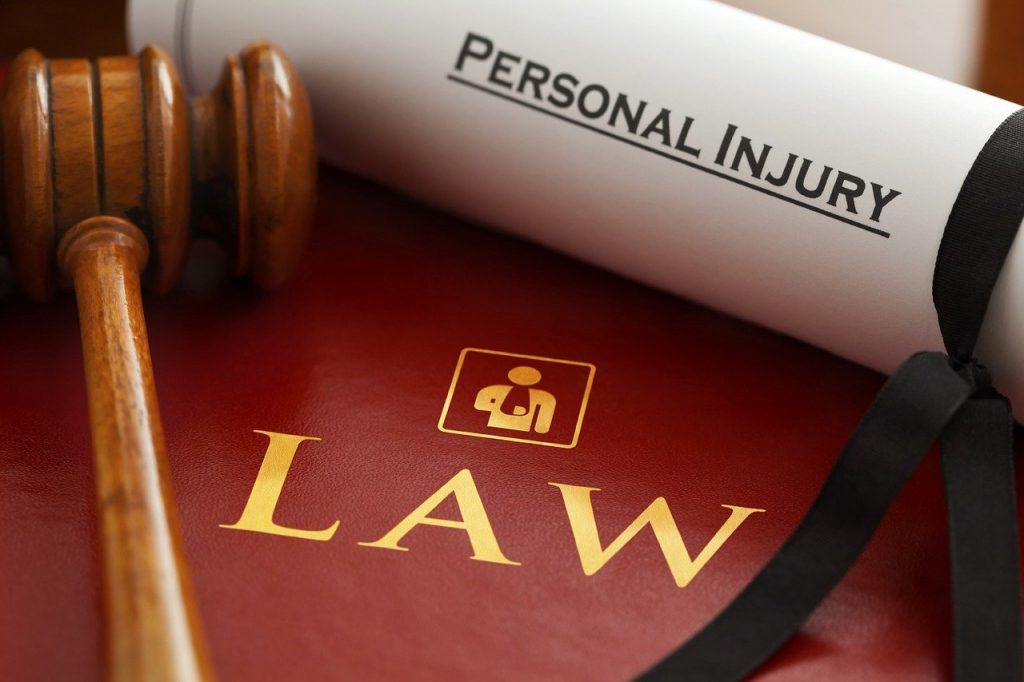Accidents at the workplace cannot be avoided 100% of the time simply because there are some things that cannot be predicted. That doesn’t mean the likelihood of accidents cannot be reduced. In fact, workplace injuries are, in many cases, the direct result of failure to follow safety precautions.
Unfortunately, the resulting medical expenses can dig deep into the bottom line of your business when a customer gets injured at your place of business. So, preventing workplace injuries is the best way to avoid this costly expense. Here are some tips to consider.
1. Research and Work on Safety Vulnerabilities
Every business is different and need not have the same security concerns. Nonetheless, the bulk of all workplace accidents are “slip and fall”. Most of these occur at the same point, while the remainder results from a height such as staircases or ramps. To prevent accidents like these, you must first understand how they occur.
Oily or wet areas, spills, bad weather and loose mats, rugs or carpets are common causes of slips. Likewise, “trips” often occur in the workplace, caused primarily by a blocked view, clutter, bad lighting, wrinkled carpets or flooring, exposed cables or wires and uneven stairs or passageways.
To prevent such accidents, pay extra attention to common areas of accidents and develop strategies to prevent them from occurring, such as placing warning notices or even cordoning off a dangerous spot until it can be fixed.
2. Record and Report any Workplace Accident
All workplace incidents should be documented, no matter how minor or serious the injuries may appear. After an incident, an employer is required to compile all the relevant information and report them into the accident book for the workplace. The employee may need to report that accident as well. Where necessary, certain workplace accidents should be reported to the Health and Safety Executive (HSE).
3. Take Claims Seriously
When a client lodges a claim against your business, you are expected to cooperate with their legal representation. Refusing to do so will only lengthen the process and make your business look bad.
This is one of the reasons why every business should invest in public liability insurance. With such a cover in place, your financial responsibility and loss in the event that a customer is injured in your place of business reduce dramatically. Instead of spending huge sums of money on hospital bills and legal charges, your insurance provider bears the brunt of the burden.
5. Review Your Policies and Procedures Periodically
Review the safety policies and procedures of the company, once a year, as well as after any workplace accidents. Do they still apply to the risks confronting your staff and visiting customers? If you have changed the way your business operates, started using new equipment or devices, or relocated to a new venue, those records should be revised by the health and safety committee.
When and if you’re changing security policies, clearly and immediately disclose the changes to your staff and clients. Send an email and paste notes that explain the changes in health and security policy, and also provide training if the new policy calls for any.
Regrettably, no matter how much you plan, an accident can still happen, and a customer may still get hurt. When this happens, make sure that you are ready to provide them with the support they need, quickly minimising the effect on your company.


